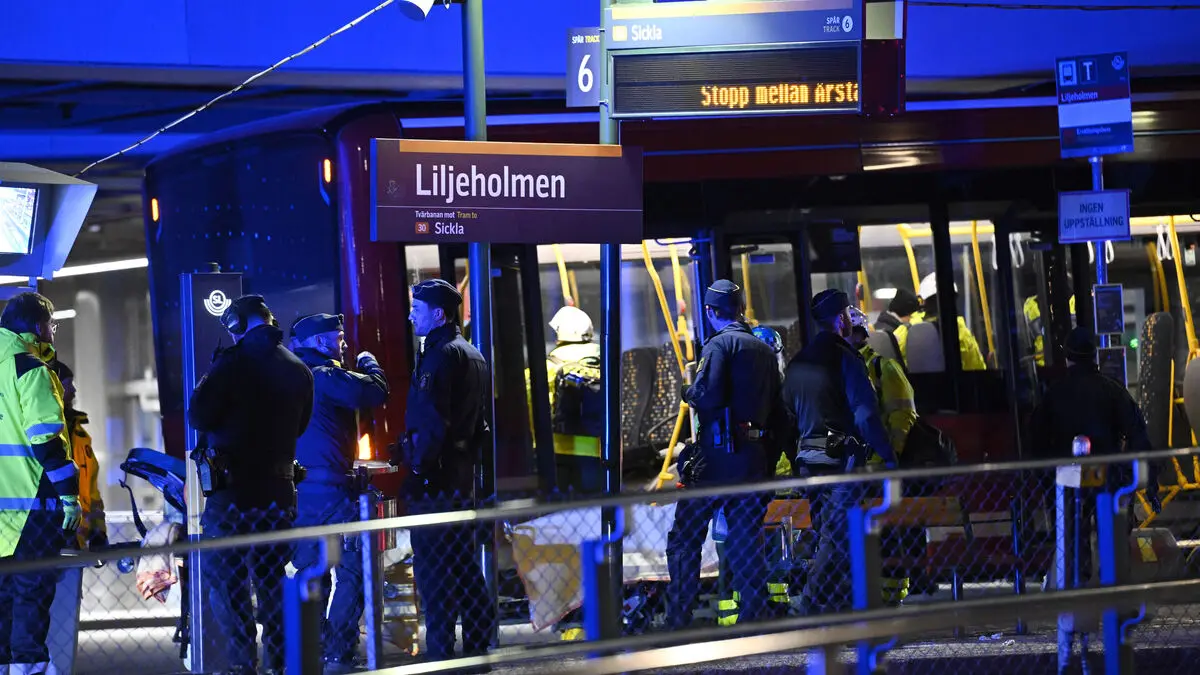Rapid writing of interrogations, tablet counting, and facial recognition. The police are making a major investment in artificial intelligence. But so are the criminals.
We have seen fabricated films and other things made with the help of AI, says National Police Commissioner Petra Lundh.
For law enforcement agencies, it's an attractive idea to use surveillance cameras in real-time to detect suspected individuals. The National Police Commissioner says that theoretically, they could stop gang criminals at the border, something that their Nordic colleagues are interested in.
We could use this in real-time, but we're not allowed to, says Petra Lundh in Almedalen.
A Swedish investigation has proposed that facial recognition be allowed for crimes that can result in at least four years' imprisonment. But this only applies to a few crimes, such as murder and kidnapping. Lundh notes that for many secret coercive measures, there is a minimum sentence of two years.
But this is intrusive and should not be used more than necessary. So we'll start like this and see how far we get.
Another problem is that many cameras are placed too high, filming at the wrong angle or in poor quality. The question is whether more cameras should be placed, for example, at face height?
We in the police need to be at the forefront. We should naturally stay within the law's framework, but we don't need a huge safety margin, I think.
Already in use
The police are already using AI today. For example, to count tablets in a seizure, something that was previously done by hand. Now they are poured onto a plate, photographed, and then AI does the rapid counting. AI can also be used to compare narcotic preparations.
A more everyday AI tool that is expected to be rolled out during the year is to automatically write out (transcribe) interrogations and summarize them.
It's clear that there always has to be a human who quality-controls. But it's absolutely resource-saving, says Lundh.
Big job
Lundh also sees potential further ahead. For example, using AI to go through large amounts of economic data to detect illegalities that might otherwise be difficult to detect.
Just being able to see deviating events, patterns, and more is great and important.
But criminals can also use AI technology, which the police are starting to notice, to falsify evidence in the form of images and films.
It's clear that it's something new. The criminals are always one step ahead, says Lundh.
Does the police have the competence and tools in place to detect this today?
I would say that we do. But it requires a huge job.
In the spring, the EU Parliament adopted a law that essentially prohibits the police from using the technology, with exceptions for certain specific situations, such as hunting terrorists.
In light of this, the Swedish police are proposed to be allowed to use cameras that automatically recognize a suspected criminal's face and sound the alarm, according to a rapid investigation that the government commissioned and presented at the beginning of June. It will now be sent out for review.
The suspect must, however, be suspected of a crime that can lead to at least four years' imprisonment.





